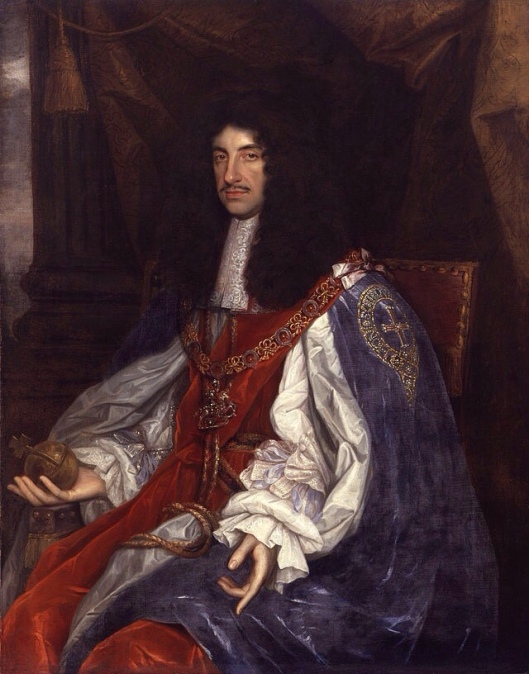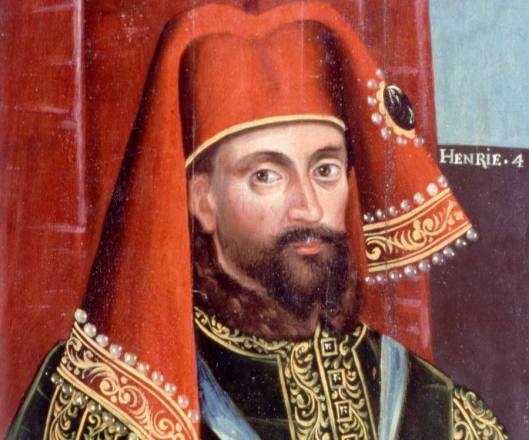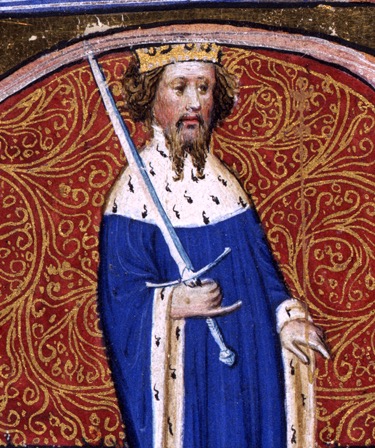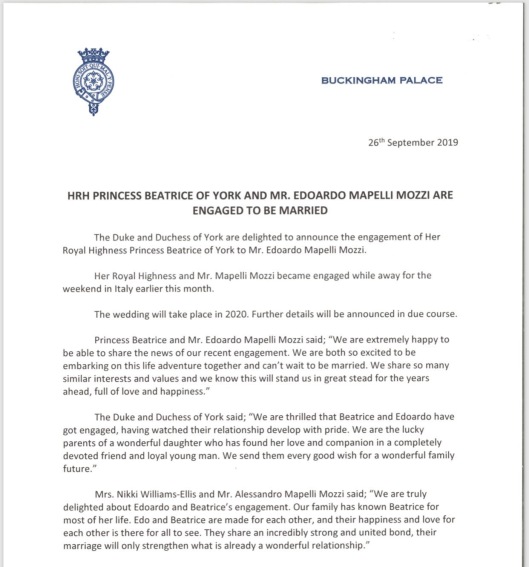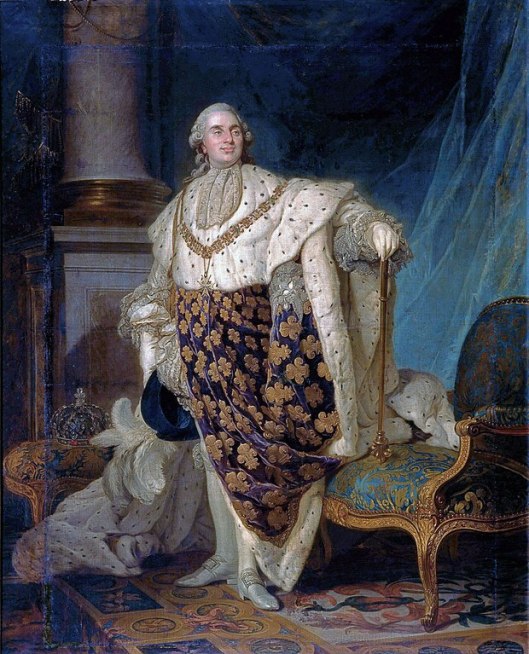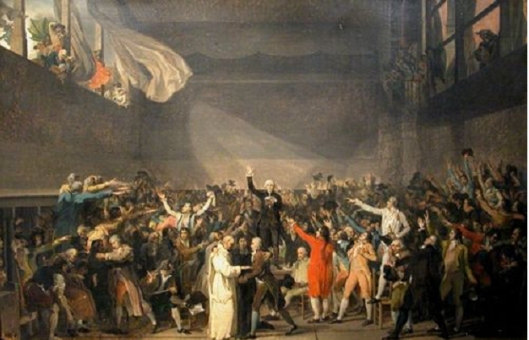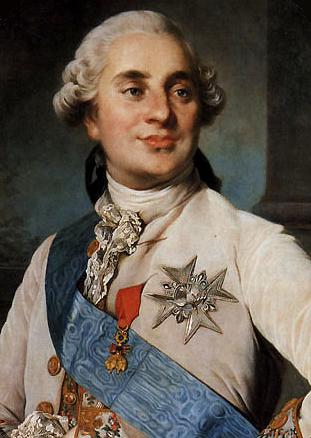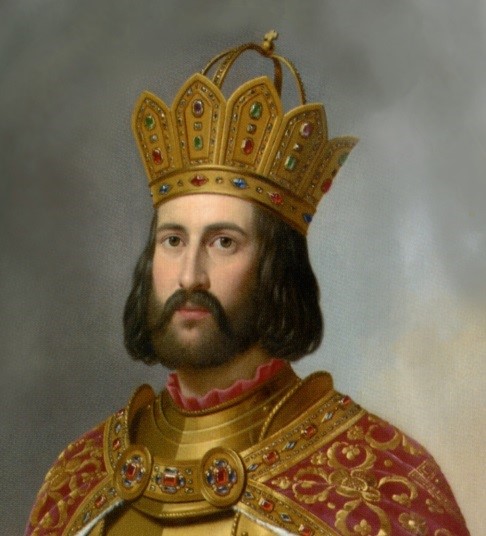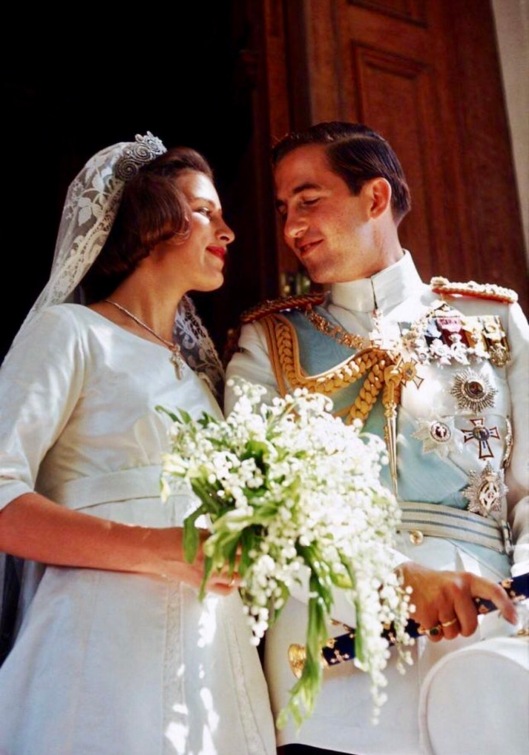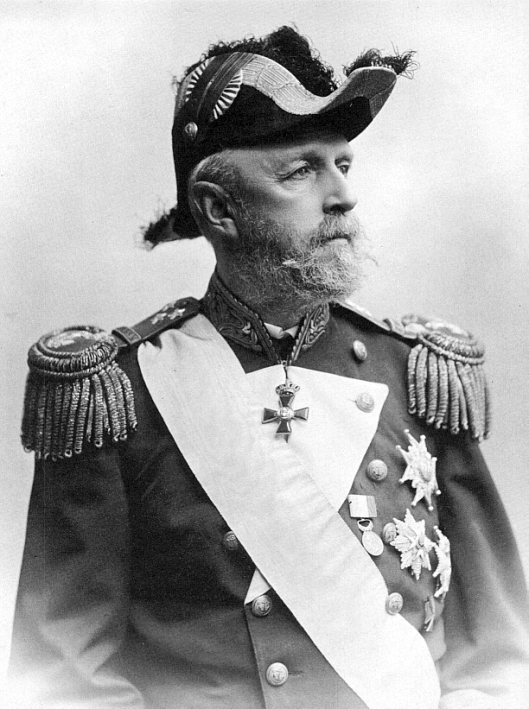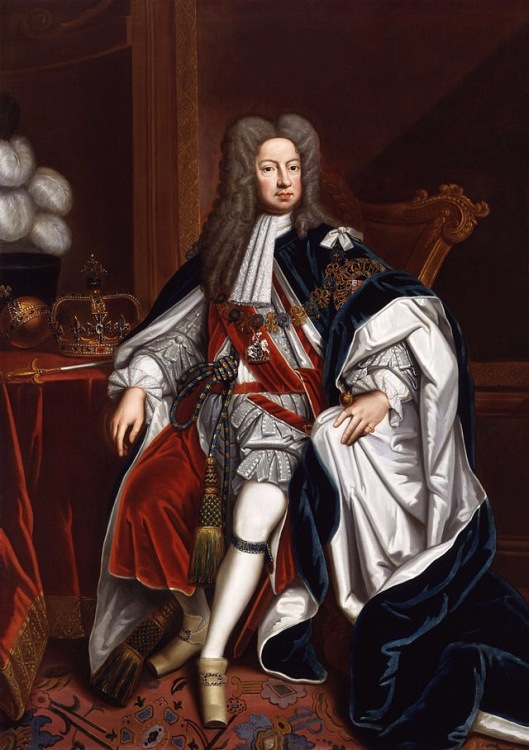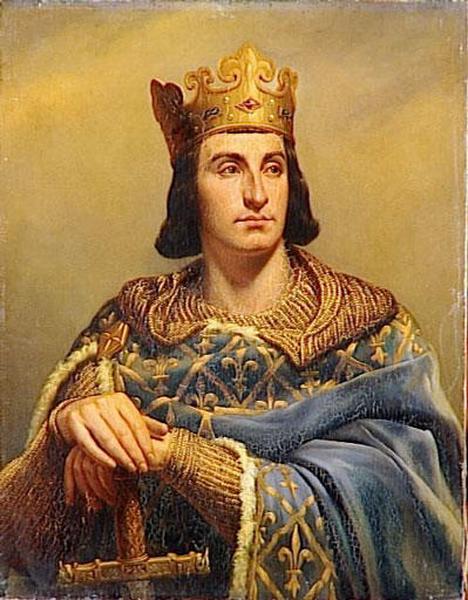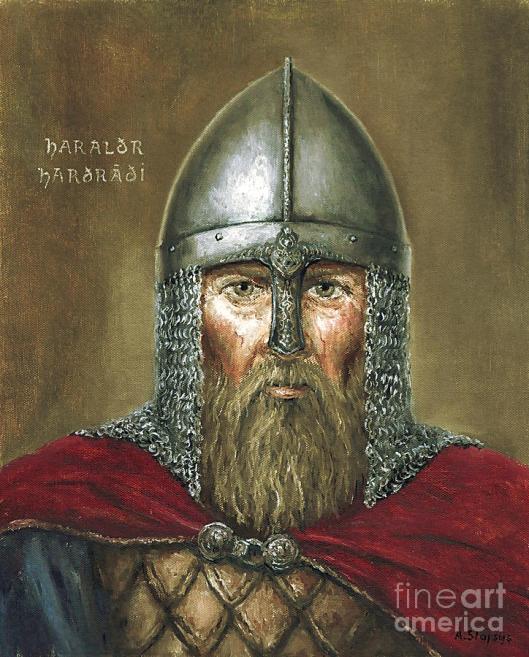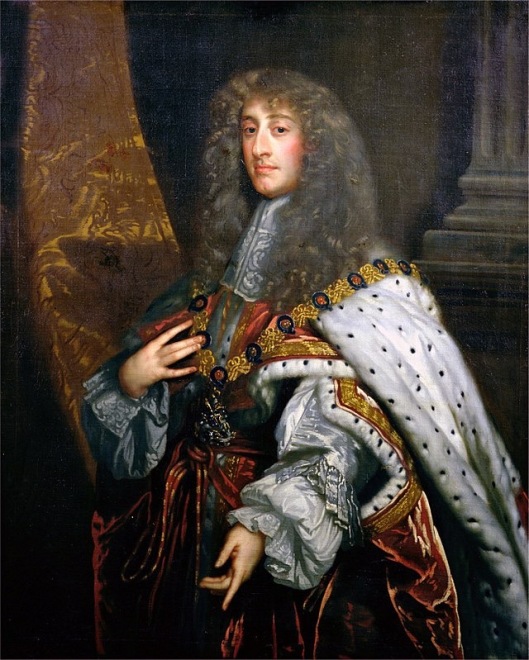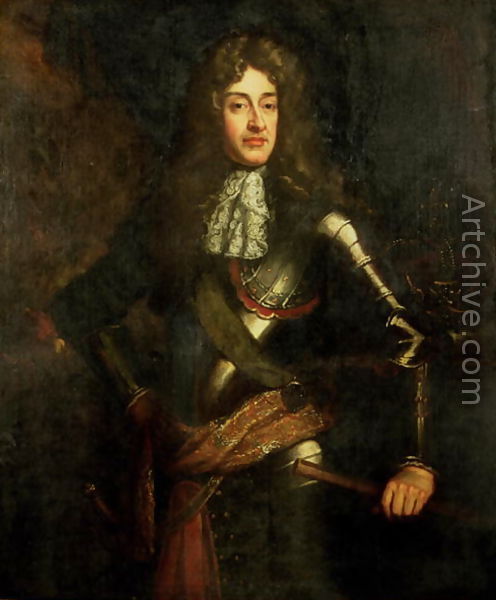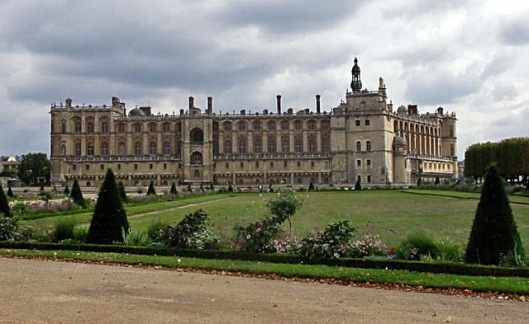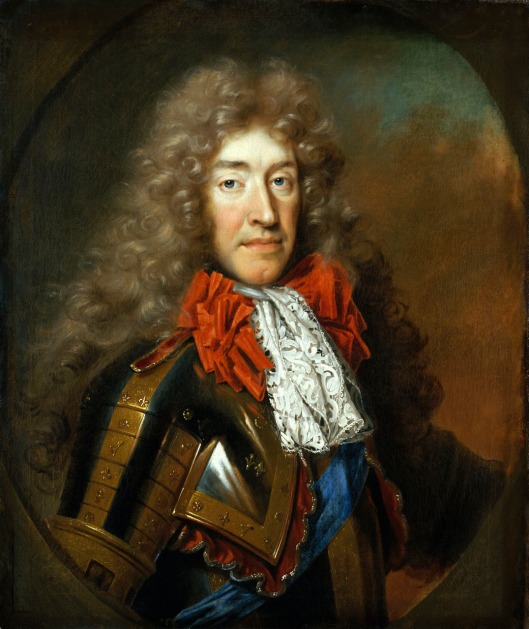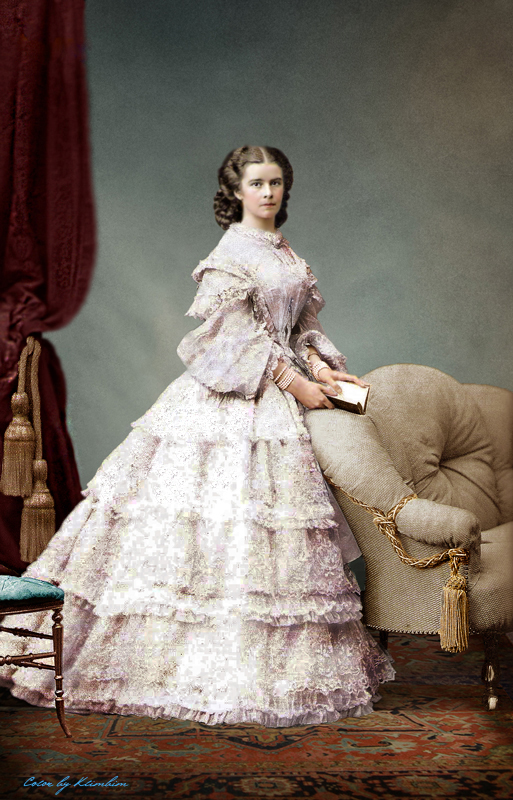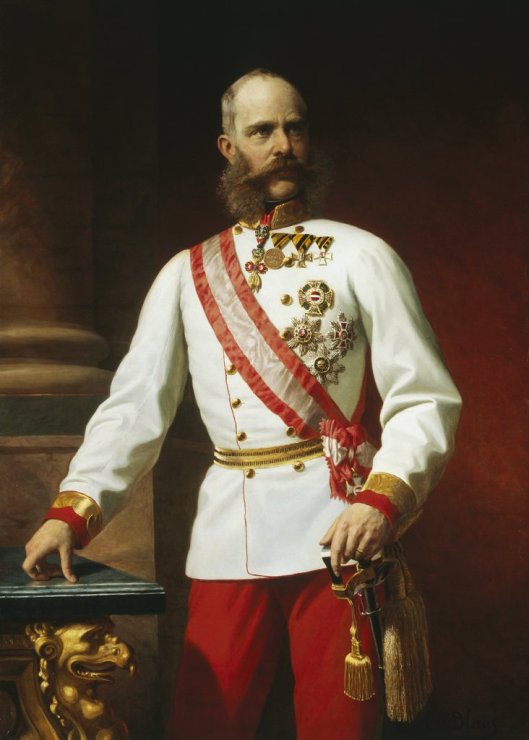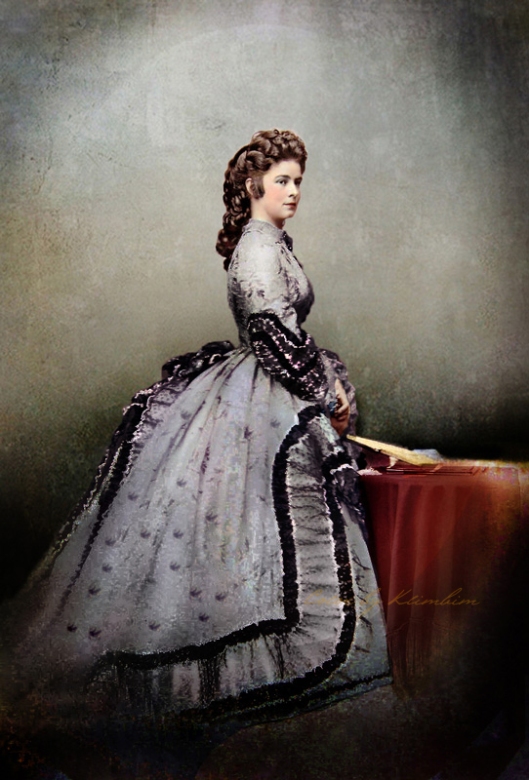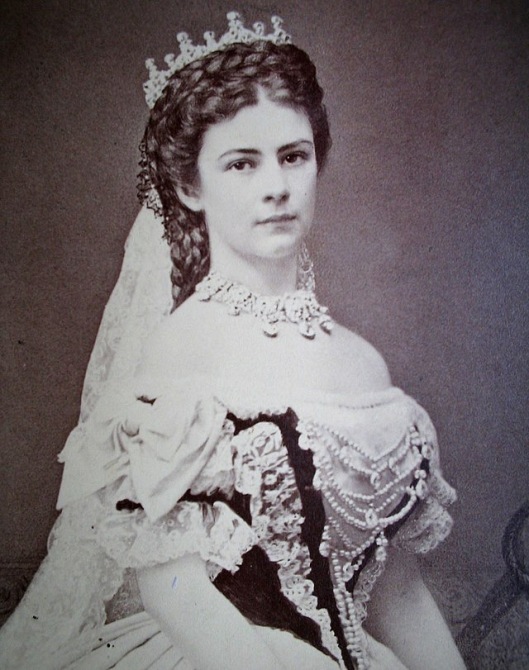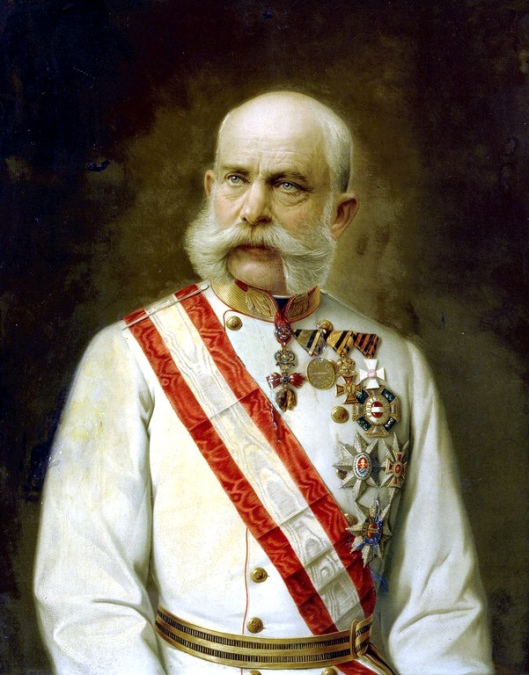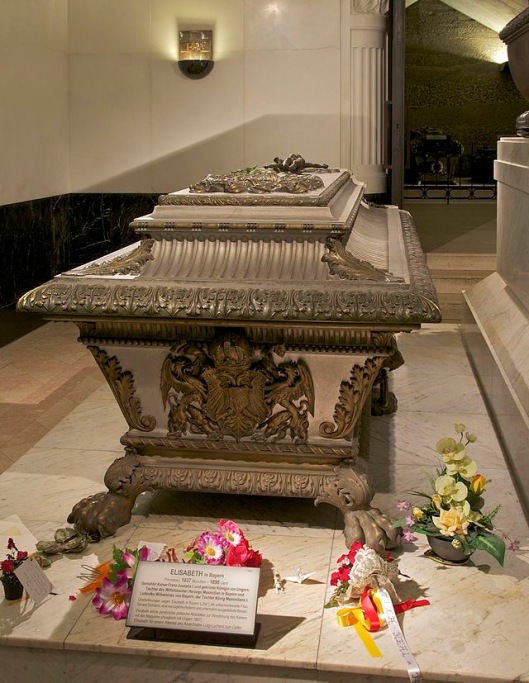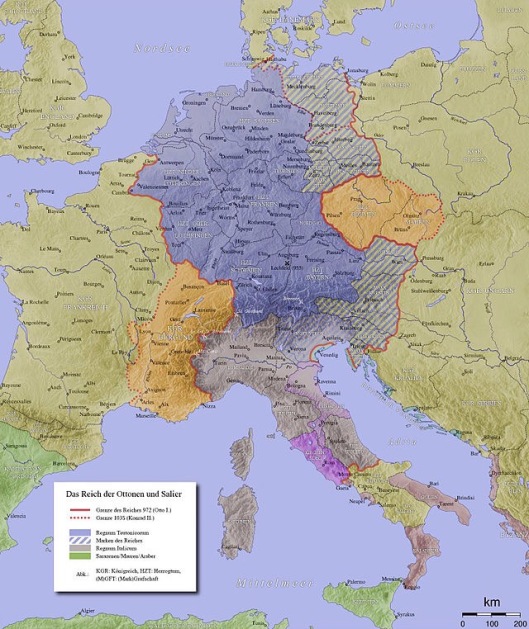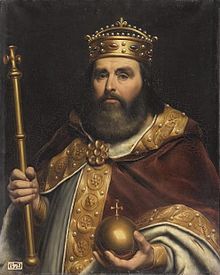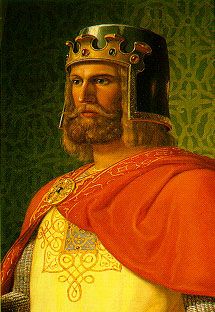In this final post on the history of the development of the Holy Roman Empire, I will summarize what I’ve previously written along with an examination of the imperial title itself. Very often Royal titles give an indication and history of the country at certain points in History.
The Kingdom of Germany started out as the eastern section of the Frankish kingdom, which was split by the Treaty of Verdun in 843. The rulers of the eastern area thus called themselves rex Francorum, king of the Franks, and later just rex. A reference to the “Germans”, indicating the emergence of a German nation of some sort, did not appear until the eleventh century, when the pope referred to his enemy Henry IV as rex teutonicorum, king of the Germans, in order to brand him as a foreigner. The kings reacted by consistently using the title rex Romanorum, King of the Romans, to emphasize their universal rule even before becoming emperor. This title remained until the end of the Empire in 1806, though after 1508 Emperors-elect added “king in Germany” to their titles. ote: in this and related entries, the kings are called kings of Germany, for clarity’s sake)
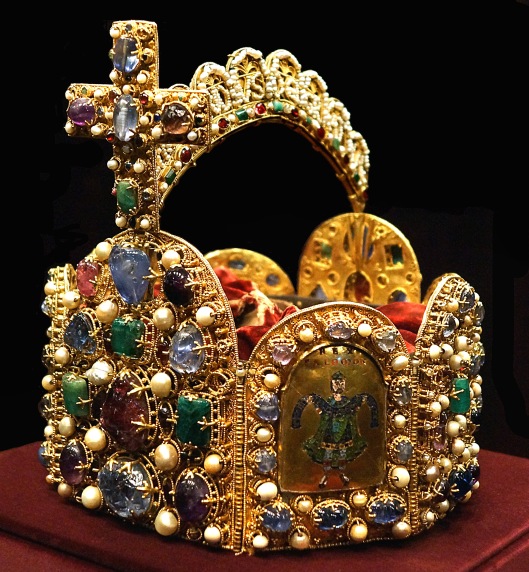
Imperial Crown of the Holy Roman Empire
On 25 December 800, Pope Leo III crowned the Frankish king Charlemagne (Charles I the Great) as Emperor, reviving the Imperial title in Western Europe, more than three centuries after the fall of the earlier ancient Western Roman Empire in 476. The title continued in the Carolingian family until 888 and from 896 to 899, after which it was contested by the rulers of Italy in a series of civil wars until the death of the last Italian claimant, Berengar I, in 924.
The title was revived again in 962 when Otto I was crowned emperor, fashioning himself as the successor of Charlemagne and beginning a continuous existence of the empire for over eight centuries. Some historians refer to the coronation of Charlemagne as the origin of the empire, while other historians, myself included, prefer the coronation of Otto I as its beginning. Scholars generally concur, however, in relating an evolution of the institutions and principles constituting the empire, describing a gradual assumption of the imperial title and role.
The exact term “Holy Roman Empire” was not used until the 13th century, but the concept of translatio imperii, the notion that the sovereign ruler held supreme power inherited from the ancient emperors of Rome, was fundamental to the prestige of the title of emperor. The office of Holy Roman Emperor was traditionally elective, although frequently controlled by dynasties. The mostly German prince-electors, the highest-ranking noblemen of the empire, usually elected one of their peers as “King of the Romans”, and he would later be crowned emperor by the Pope; the tradition of papal coronations was discontinued in the 16th century.
Imperial Title
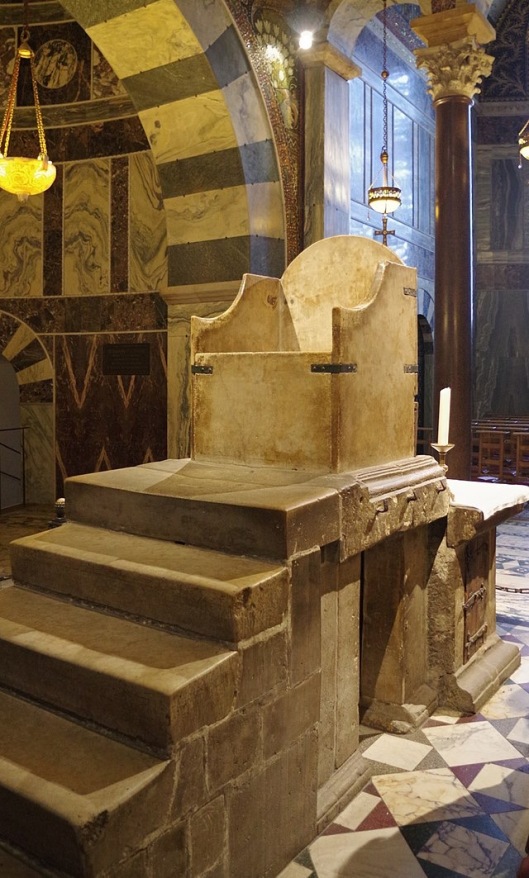
Coronation Chair of Charlemagne at Achen.
It is important to distinguish between the universalist and localist conceptions of the empire, which remain controversial among historians. According to the former, the empire was a universal monarchy, a “commonwealth of the whole world, whose sublime unity transcended every minor distinction”; and the emperor “was entitled to the obedience of Christendom”. According to the latter, the emperor had no ambition for universal dominion; his realm was limited in the same way as that of every other ruler, and when he made more far-reaching claims his object was normally to ward off the attacks either of the Pope or of the Byzantine emperor. According to this view, also, the origin of the empire is to be explained by specific local circumstances rather than by overarching theories.
According to Ohnsorge, for a long time, it had been the custom of Byzantium to designate the German princes as spiritual “sons” of the Romans. What might have been acceptable in the fifth century had become provoking and insulting to the Franks in the eighth century. Charles came to believe that the Roman emperor, who claimed to head the world hierarchy of states, was, in reality, no greater than Charles himself, a king as other kings, since beginning in 629 he had entitled himself “Basileus” (translated literally as “king”).
Historian Onhsorge finds it significant that the chief wax seal of Charles, which bore only the inscription: “Christe, protege Carolum regem Francorum [Christ, protect Charles, king of the Franks], was used from 772 to 813, even during the imperial period and was not replaced by a special imperial seal; indicating that Charles himself felt to be just the king of the Franks. Finally, Ohnsorge points out that in the spring of 813 at Aachen Charles crowned his only surviving son, Louis, as the emperor without recourse to Rome with only the acclamation of his Franks. The form in which this acclamation was offered was Frankish-Christian rather than Roman. This implies both independence from Rome and a Frankish (non-Roman) understanding of empire.
After the coronation of Charlemagne, his Successors in the Carolingian family retained the title of Emperor for years to come, but divisions of territory and in-fighting over supremacy of the Frankish state weakened its importance. This why, after the death of Berengar I of Italy (Lombards) in 924, the last Carolingian to hold the Imperial title; who ruled over a small territor, the Imperial title fell by the wayside during a comparatively brief interregnum between 924 and the coronation of Otto the Great in 962.
The papacy itself never forgot the title nor abandoned the right to bestow it. With the resurgence of the Imperial title with the coronation of Otto the Great in 962 is taken as marking the transition from the Frankish Empire to the Holy Roman Empire. Under the Ottonians, much of the former Carolingian kingdom of Eastern Francia fell within the boundaries of the Holy Roman Empire.
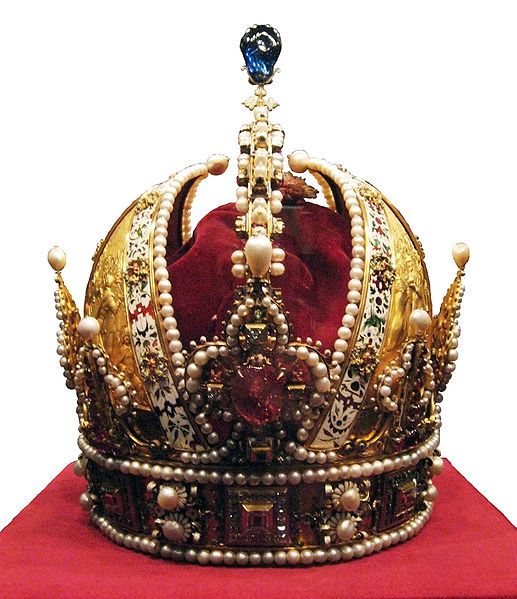
Imperial Crown of Emperor Rudolf II.
The standard designation of the Holy Roman Emperor was “August Emperor of the Romans” (Romanorum Imperator Augustus). When Charlemagne was crowned in 800, he was styled as “most serene Augustus, crowned by God, great and pacific emperor, governing the Roman Empire,” thus constituting the elements of “Holy” and “Roman” in the imperial title. The word Holy had never been used as part of that title in official documents.
The word Roman was a reflection of the principle of translatio imperii (or in this case restauratio imperii) that regarded the (Germanic) Holy Roman Emperors as the inheritors of the title of Emperor of the Western Roman Empire, despite the continued existence of the Eastern Roman Empire. In German-language historiography, the term Römisch-deutscher Kaiser (“Roman-German emperor”) is used to distinguish the title from that of Roman Emperor on one hand, and that of German Emperor (Deutscher Kaiser) on the other. The English term “Holy Roman Emperor” is a modern shorthand for “emperor of the Holy Roman Empire” not corresponding to the historical style or title.
The term sacrum (i.e., “holy”) in connection with the German Roman Empire was first used in 1157 under Frederick I Barbarossa. The standard designation of the Holy Roman Emperor was “August Emperor of the Romans” (Romanorum Imperator Augustus). When Charlemagne was crowned in 800, he was styled as “most serene Augustus, crowned by God, great and pacific emperor, governing the Roman Empire,” thus constituting the elements of “Holy” and “Roman” in the imperial title.
King of the Romans
The title originally referred to any elected king who had not yet been granted the Imperial Regalia and title of “Emperor” at the hands of the Pope. Later it came to be used solely for the heir apparent to the Imperial throne between his election (during the lifetime of a sitting Emperor) and his succession upon the death of the Emperor.
The territory of East Francia was not referred to as the Kingdom of Germany or Regnum Teutonicum (Latinised from Old High German diutisc) by contemporary sources until the 11th century. During this time, the king’s claim to coronation was increasingly contested by the papacy culminating in the fierce Investiture Controversy. After the Salian heir apparent Henry IV, a six-year-old minor, had been elected to rule the Empire in 1056 he adopted Romanorum Rex as a title to emphasize his sacred entitlement to be crowned Emperor by the Pope. Pope Gregory VII insisted on using the derogatory term Teutonicorum Rex (“King of the Germans”) in order to imply that Henry’s authority was merely local and did not extend over the whole Empire. Henry continued to regularly use the title Romanorum Rex until he finally was crowned Emperor by Antipope Clement III in 1084. Henry’s successors imitated this practice, and were also called Romanorum Rex before and Romanorum Imperator after their Roman coronations.
Medieval practice
Candidates for the kingship were at first the heads of the Germanic stem duchies. As these units broke up, rulers of smaller principalities and even non-Germanic rulers were considered for the position. The only requirements generally observed were that the candidate be an adult male, a Catholic Christian, and not in holy orders. The kings were elected by several Imperial Estates (secular princes as well as Prince-Bishops), often in the imperial city of Frankfurt after 1147, a custom recorded in the Schwabenspiegel code in about 1275.
Originally all noblemen present could vote by unanimous acclamation, but later a franchise was granted to only the most eminent bishops and noblemen, and according to the Golden Bull of 1356 issued by Emperor Charles IV only the seven Prince-electors had the right to participate in a majority voting as determined by the 1338 Declaration of Rhense. They were the Prince-Archbishops of Mainz, Trier and Cologne as well as the King of Bohemia, the Count Palatine of the Rhine, the Saxon duke, and the Margrave of Brandenburg. After the Investiture Controversy, Charles intended to strengthen the legal status of the Rex Romanorum beyond Papal approbation. Consequently, among his successors only Sigismund and Frederick III were still crowned Emperors in Rome and in 1530 Charles V was the last king to receive the Imperial Crown at the hands of the Pope (in Bologna). Gradually the election became the privilege of a group of princes called electors, and the Golden Bull of 1356 formally defined election proceedings. The Golden Bull remained effective as constitutional law until the Empire’s dissolution in 1806.
After his election, the new king would be crowned as King of the Romans (Romanorum Rex), usually at Charlemagne’s throne in Aachen Cathedral by the Archbishop of Cologne. Though the ceremony was no more than a symbolic validation of the election result, it was solemnly celebrated. The details of Otto’s coronation in 936 are described by the medieval chronicler Widukind of Corvey in his Res gestae saxonicae. The kings received the Imperial Crown from at least 1024, at the coronation of Conrad II. In 1198 the Hohenstaufen candidate Philip of Swabia was crowned Rex Romanorum at Mainz Cathedral (as was King Rupert centuries later), but he had another coronation in Aachen after he had prevailed against his Welf rival Otto IV.
Not all Kings of the Romans made this step, sometimes because of hostile relations with the Pope, or because either the pressure of business at home or warfare in Germany or Italy made it impossible for the King to make the journey. In such cases, the king might retain the title “King of the Romans” for his entire reign.
Later developments
The title Romanorum Rex became functionally obsolete after 1508, when the Pope permitted King Maximilian I to use the title of Electus Romanorum Imperator (“elected Emperor of the Romans”) after he failed in a good-faith attempt to journey to Rome. At this time Maximilian also took the new title “King of the Germans” or “King in Germany” (Germaniae rex, König in Germanien), but the latter was never used as a primary title.
The rulers of the Empire thereafter called themselves “Emperors” without going to Rome or soliciting Papal approval, taking the title as soon as they were crowned in Germany or upon the death of a sitting Emperor if they were elected as heir to the throne.
It is interesting to note that not all monarchs listed as Holy Roman Emperors held the imperial title, holding only the title King of Germany. Several rulers were crowned King of the Romans (King of Germany) but not emperor, although they styled themselves thus, among whom were: Conrad I of Germany and Henry I the Fowler in the 10th century, and Conrad IV, Rudolf I, Adolf and Albert I (all from the house of Habsburg) during the interregnum of the late 13th century.
Also, depending on the source one uses that lists the the emperors, there is disagreement to who was or was not a Holy Roman Emperor. For example, both Conrad I and Henry I the Fowler are included on some lists despite never holding the Imperial title, while other lists do not include them. Some lists do not include Berengar I of Italy, the last to hold the Imperial title.
Sorry to belabor the point but, Traditional historiography assumes a continuity between the Carolingian Empire and the Holy Roman Empire, while a modern convention takes the coronation of Otto I in 962 as the starting point of the Holy Roman Empire.
In conclusion The Holy Roman Empire was a multi-ethnic complex of territories in Western and Central Europe that developed during the Early Middle Ages and continued until its dissolution in 1806 during the Napoleonic Wars. The largest territory of the empire after 962 was the Kingdom of Germany, though it also included the neighboring Kingdom of Bohemia and Kingdom of Italy, plus numerous other territories, and soon after the Kingdom of Burgundy was added. Its size gradually diminished over time, particularly from 1648 onward, and by the time of its dissolution, it largely contained only German-speaking territories plus the Kingdom of Bohemia which was bordered by the German lands on three sides.
In a famous assessment of the Empire, the political philosopher Voltaire (1694–1778) remarked sardonically: “This body which was called and which still calls itself the Holy Roman Empire was in no way holy, nor Roman, nor an empire.”
